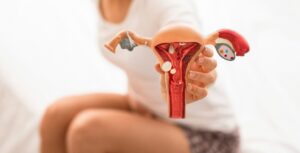
PCOS: Diagnosis, Research & Management
Polycystic Ovary Syndrome is a common endocrine disorder that affects people with ovaries, typically during their reproductive years.
Women Health > Benign Breast Lumps
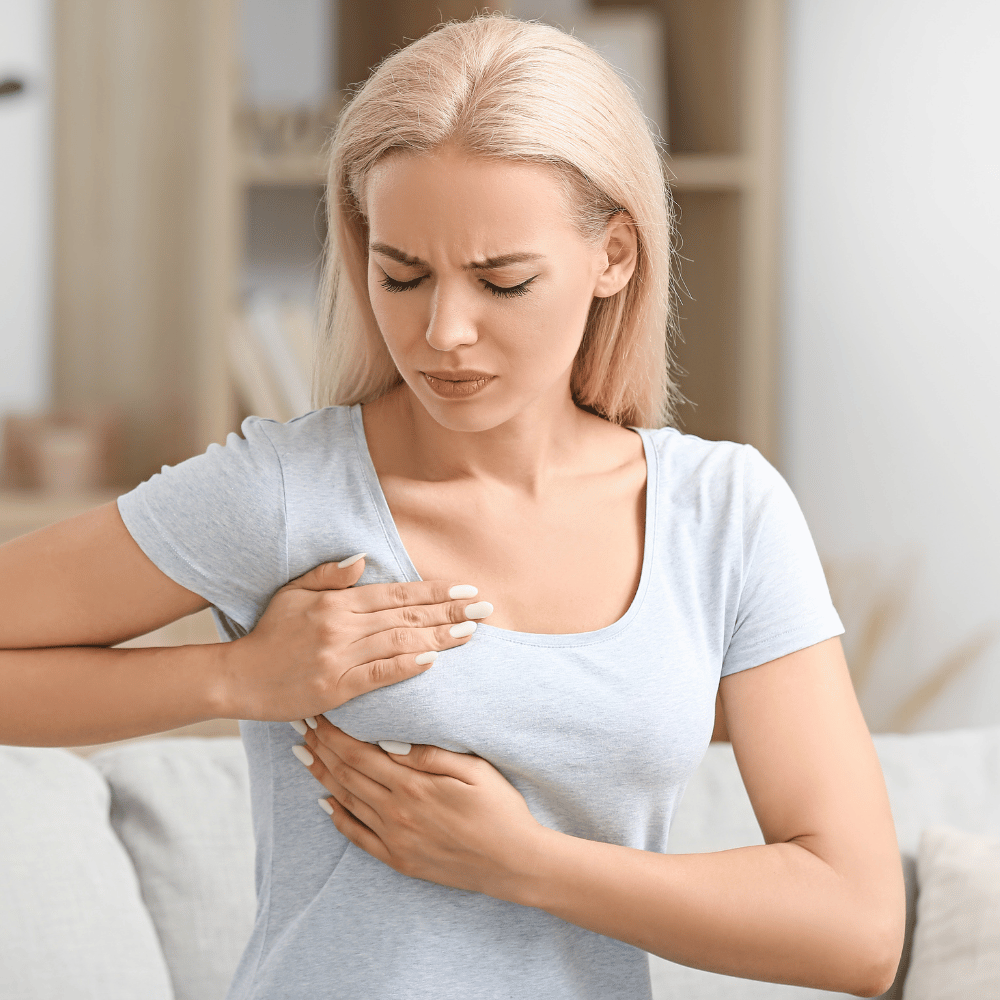
Find Out More


Around 90% of breast lumps are benign (non-cancerous) and harmless, typically caused by hormonal changes that happen during the menstrual cycle.
Fibroadenosis, also known as fibrocystic breast disease, is a term that is used to describe various conditions and symptoms affecting the breast. Typical symptoms of fibroadenosis include pain (mastodynia or mastalgia), breast swelling, as well as lumps and nodules. Symptoms may affect one or both breasts, with varying degrees of severity.

There are three types of benign breast lumps:
Benign breast lumps are almost always caused by hormonal changes, either due to the natural fluctuations of oestrogen and progesterone during your monthly menstrual cycle, or due to biological changes that affect hormones, such as pregnancy and menopause. It is normal for healthy breast tissue to have a slightly bumpy texture.
The fluid content of the breast tissue may increase due to higher levels of oestrogen, and the glands in the armpit may swell when there is more progesterone in the body. Cysts, which are one type of benign breast lump, are also thought to be caused by hormonal changes.

Use our online booking engine or book your test by giving us a call.
On the online booking engine select the “appointment type” you need.
You will be seen by one of our friendly doctors or trained clinicians.
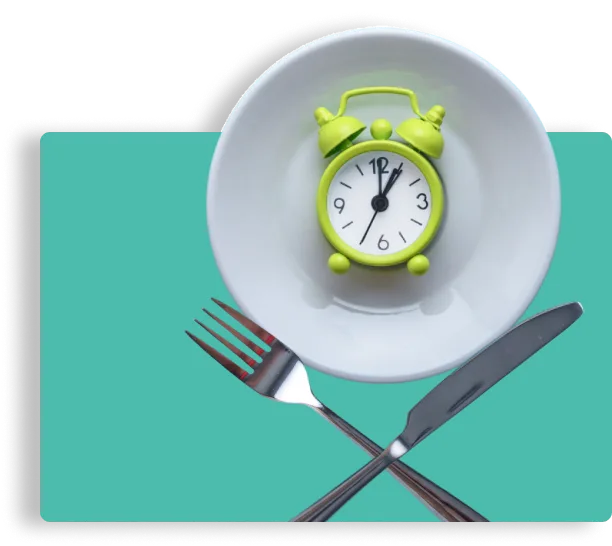
The only way to know for sure whether a breast lump is benign or not is to see a doctor. A painful, soft, and freely-moving lump is less likely to be dangerous than painless, hard, or fixed ones. But it is impossible to know for sure without proper examination and diagnosis from a doctor. Always come in for an appointment if you are worried.
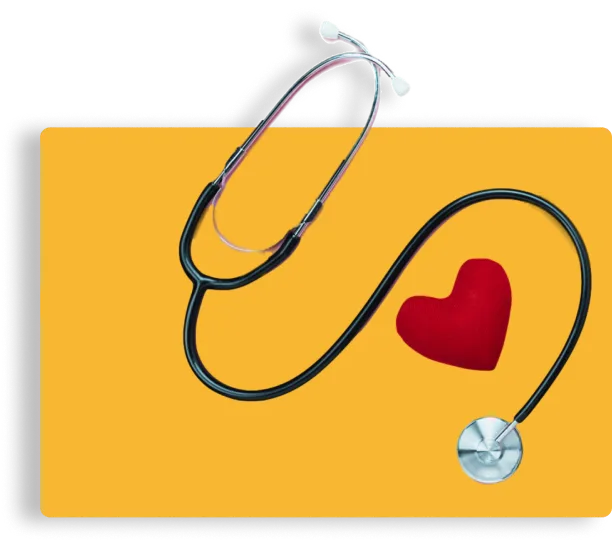
At your appointment, our skilled doctor will perform a comprehensive examination of your breasts. They will focus on any lumps or changes you have identified, while also reviewing your medical history and any recent changes in your breast health. Depending on their initial findings, they might recommend additional diagnostic procedures, such as an ultrasound, to gain more insight into the nature of the lump.
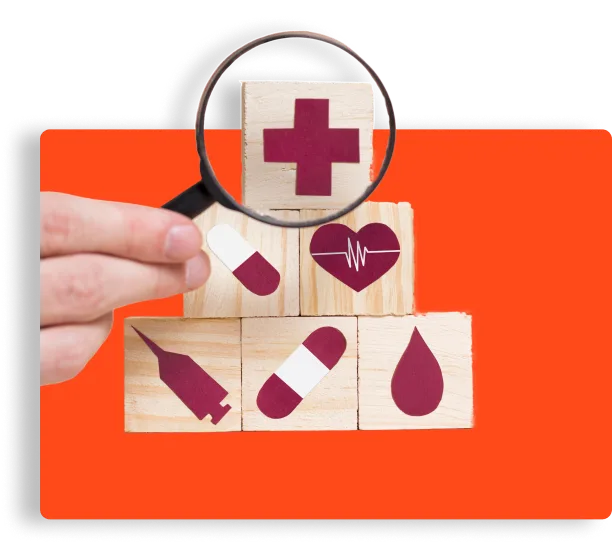
While most breast lumps are benign, a professional assessment is crucial for an accurate diagnosis. Following your consultation, we will provide a detailed explanation of your diagnosis. Should there be a need for further treatment or ongoing monitoring, our dedicated team will assist you with the necessary steps, including arranging specialist referrals if required.
Incorporated
in 1998
Experienced doctors & a professional team
Registration
not needed
Up-to-date with the latest treatments & testing
Strictly
confidential
Experienced doctors & a professional team
Affordable private
health care
Transparent fee structure with no hidden charges
We work with experienced consultants & healthcare professionals who have received positive feedback from our patients, and with whom we have established long-term relationships.
Latest Episode
Tune in to our podcast to explore the world of healthcare and learn from distinguished special guests. We cover everything from preventative measures to cutting-edge treatments so that you can stay informed and up-to-date on health-related things.

Polycystic Ovary Syndrome is a common endocrine disorder that affects people with ovaries, typically during their reproductive years.

Menopause is a natural biological process that marks the end of a woman’s reproductive years, typically occurring between ages 45
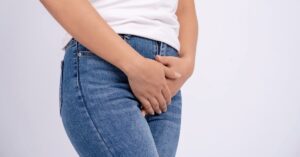
Learn about vaginal discharge: its role, what’s normal, and when to be concerned. Stay informed for optimal health.
Subscribe for latest updates & news


From same-day private GP and blood test appointments to visa medicals, a sexual and reproductive health clinic, and preventative health screenings, we are here to help.
Contact Us
Accepted Insurance Companies






Please note that Walk-in Clinic is a private medical centre & not an NHS service. Harley Walk-in Clinic Ltd company registration no. 07472804